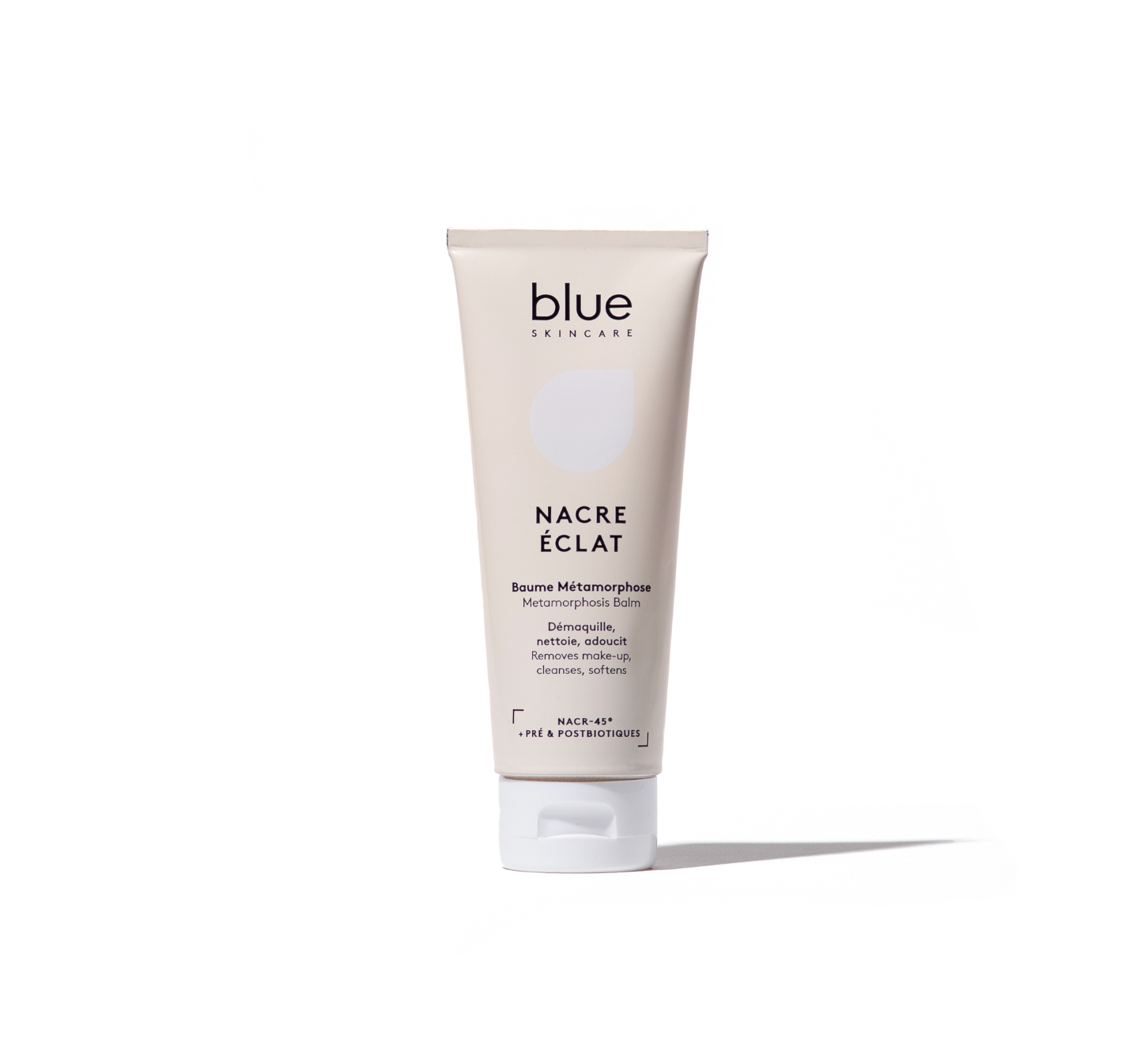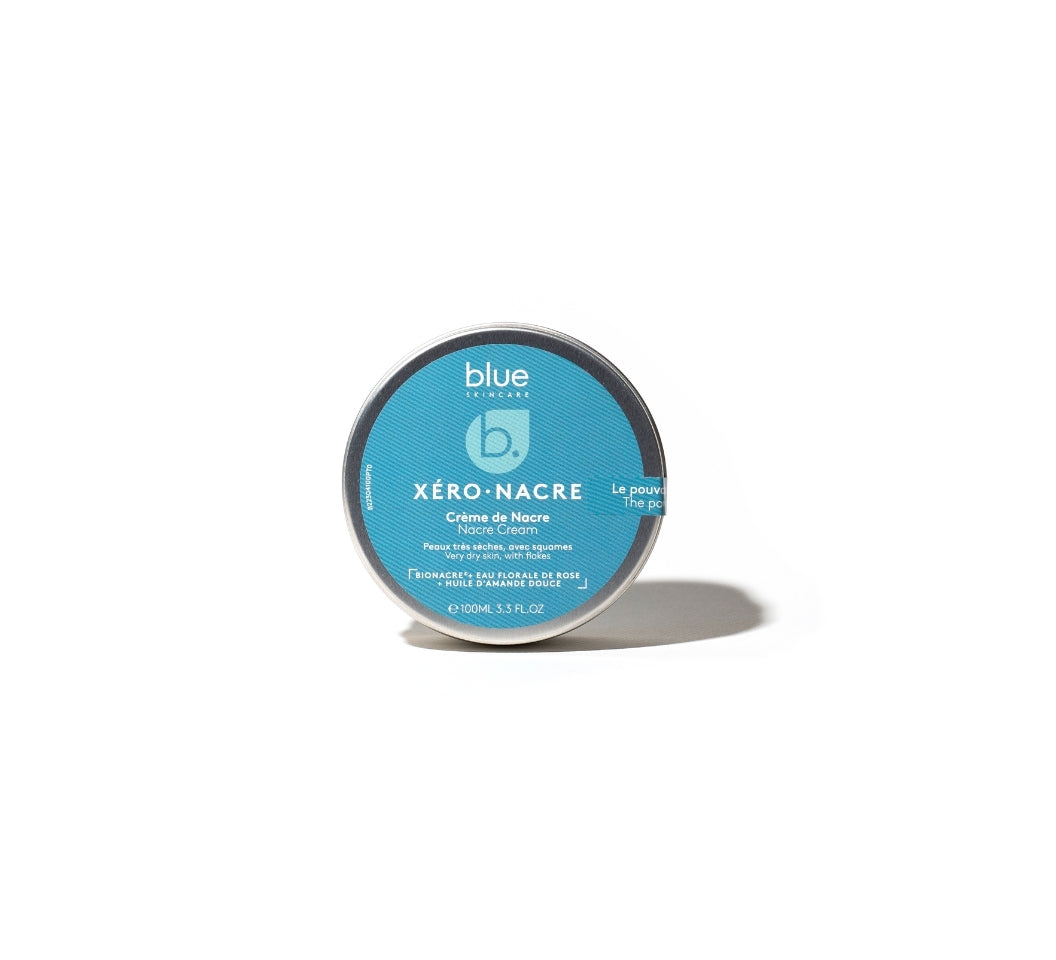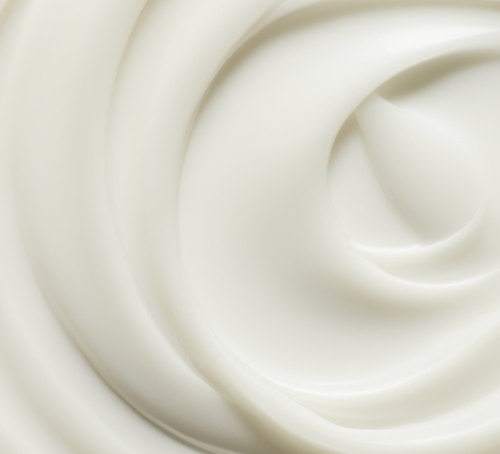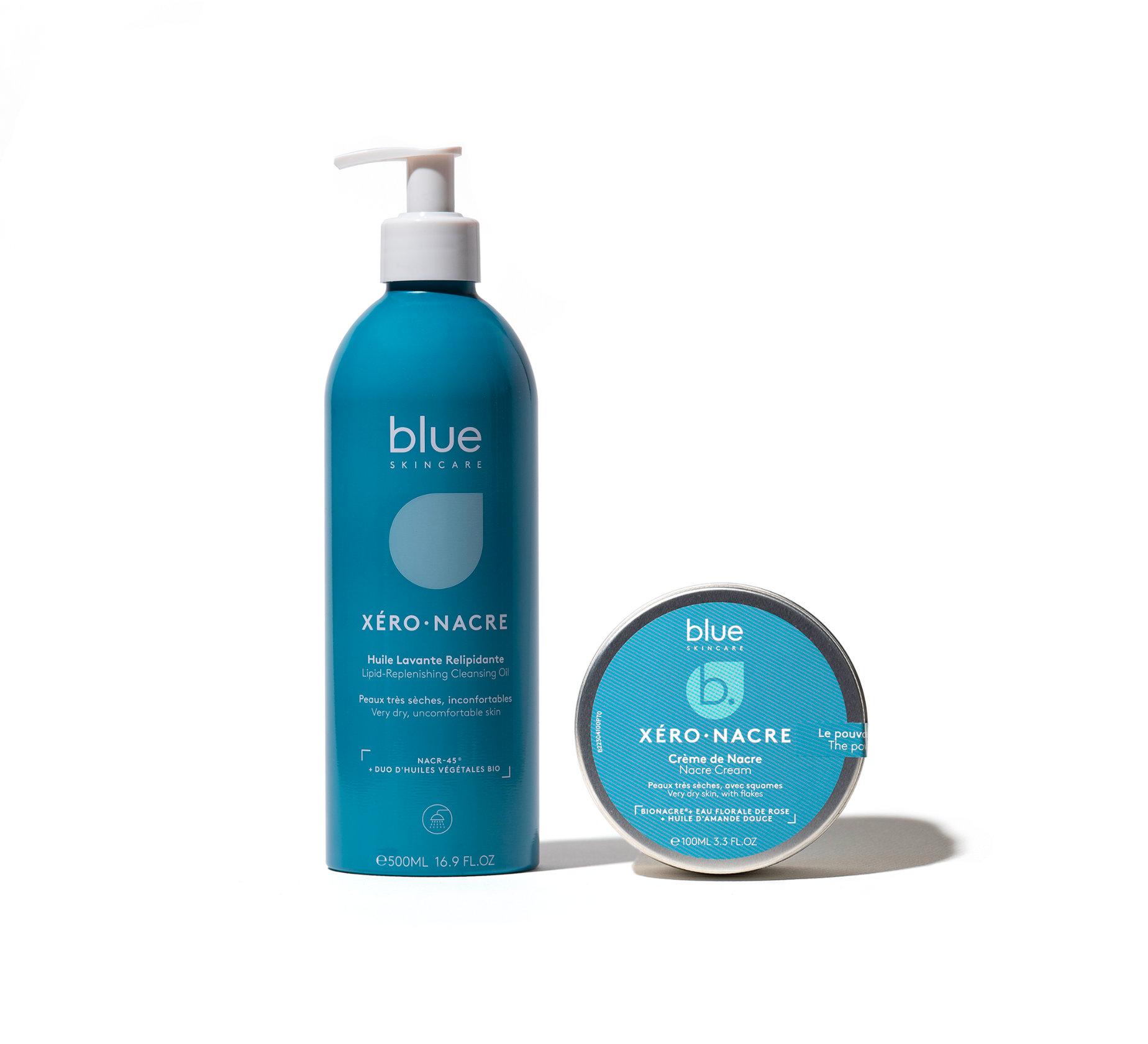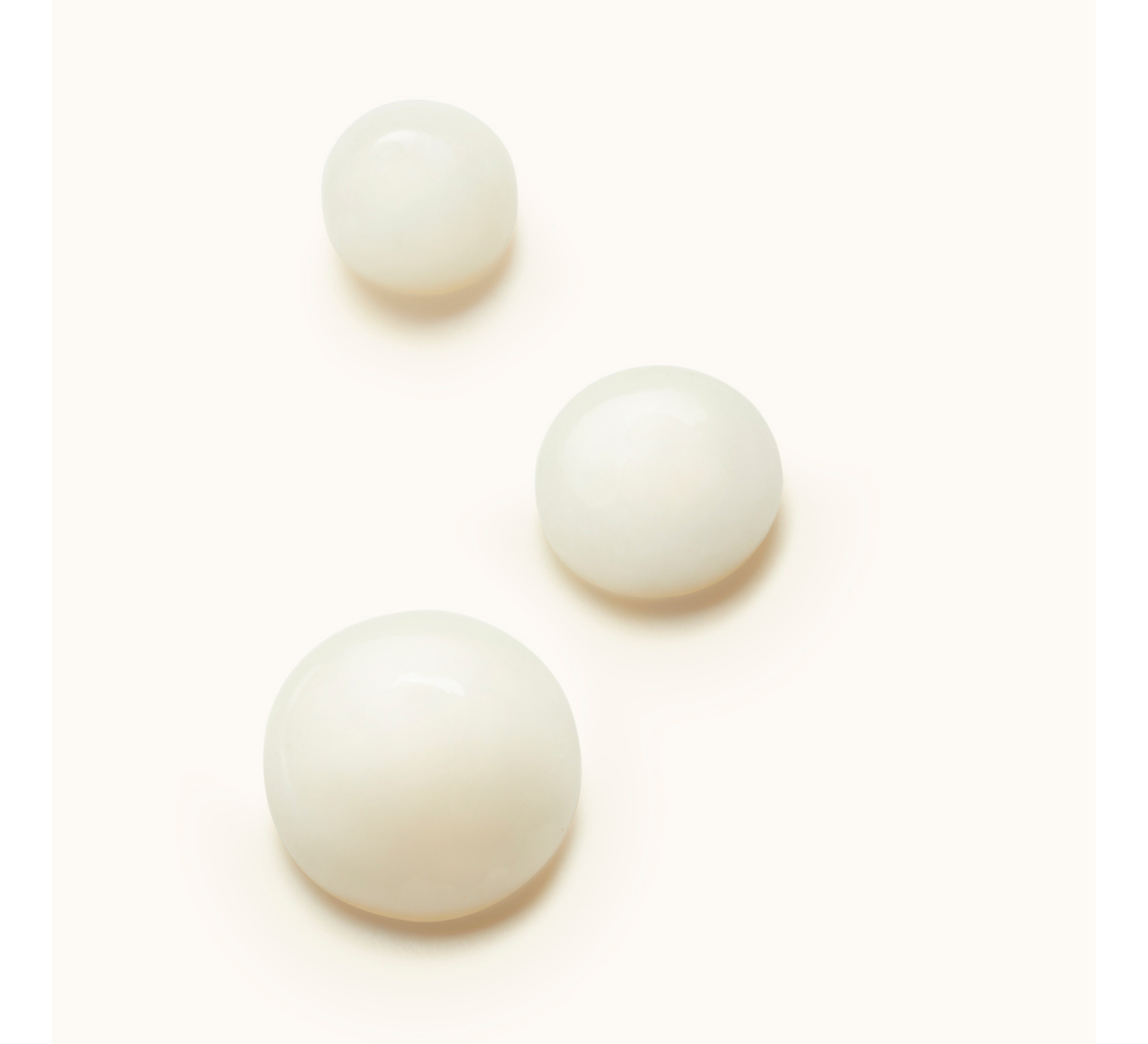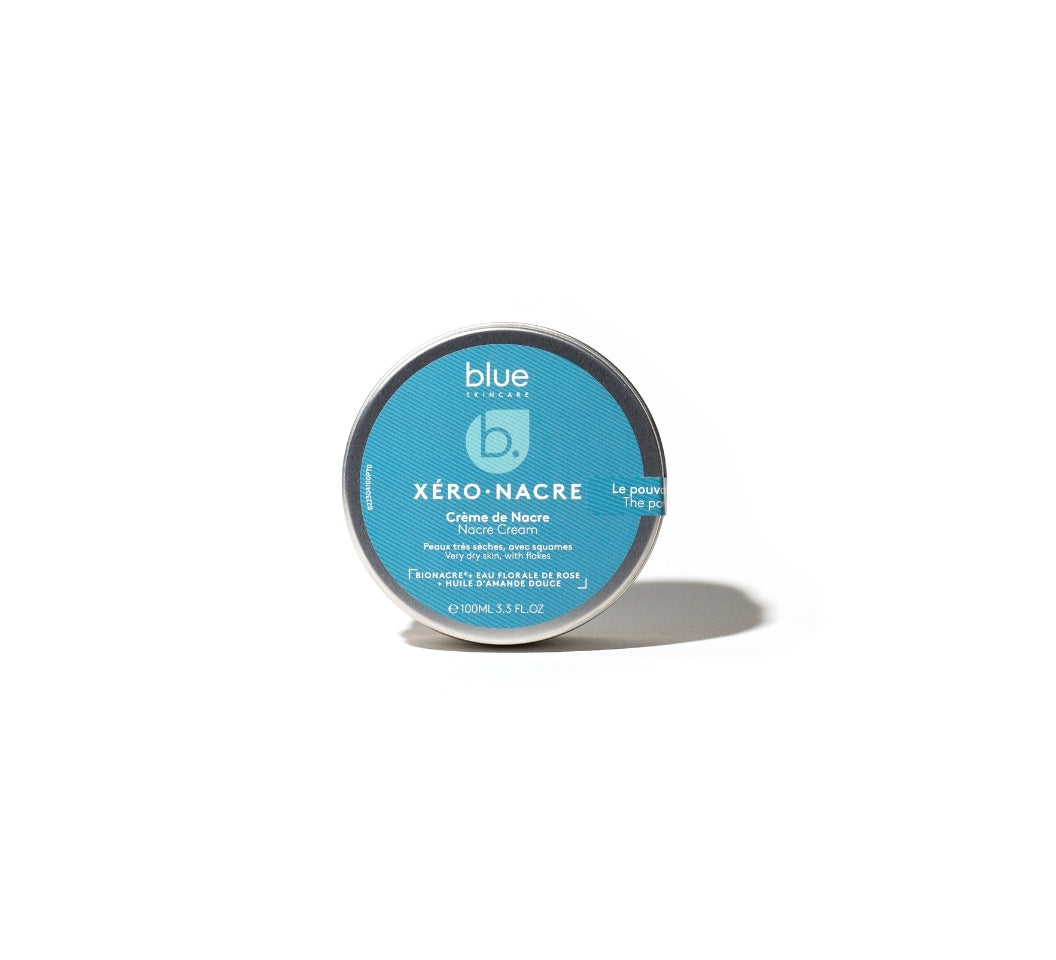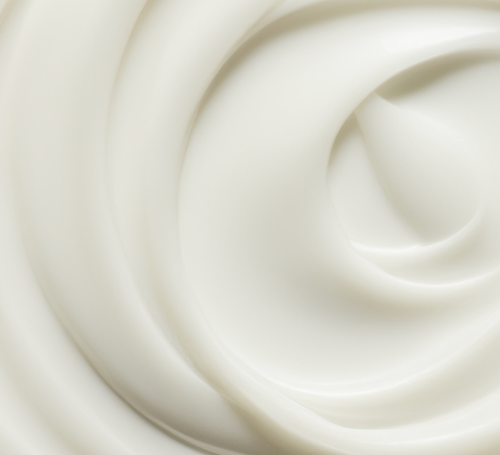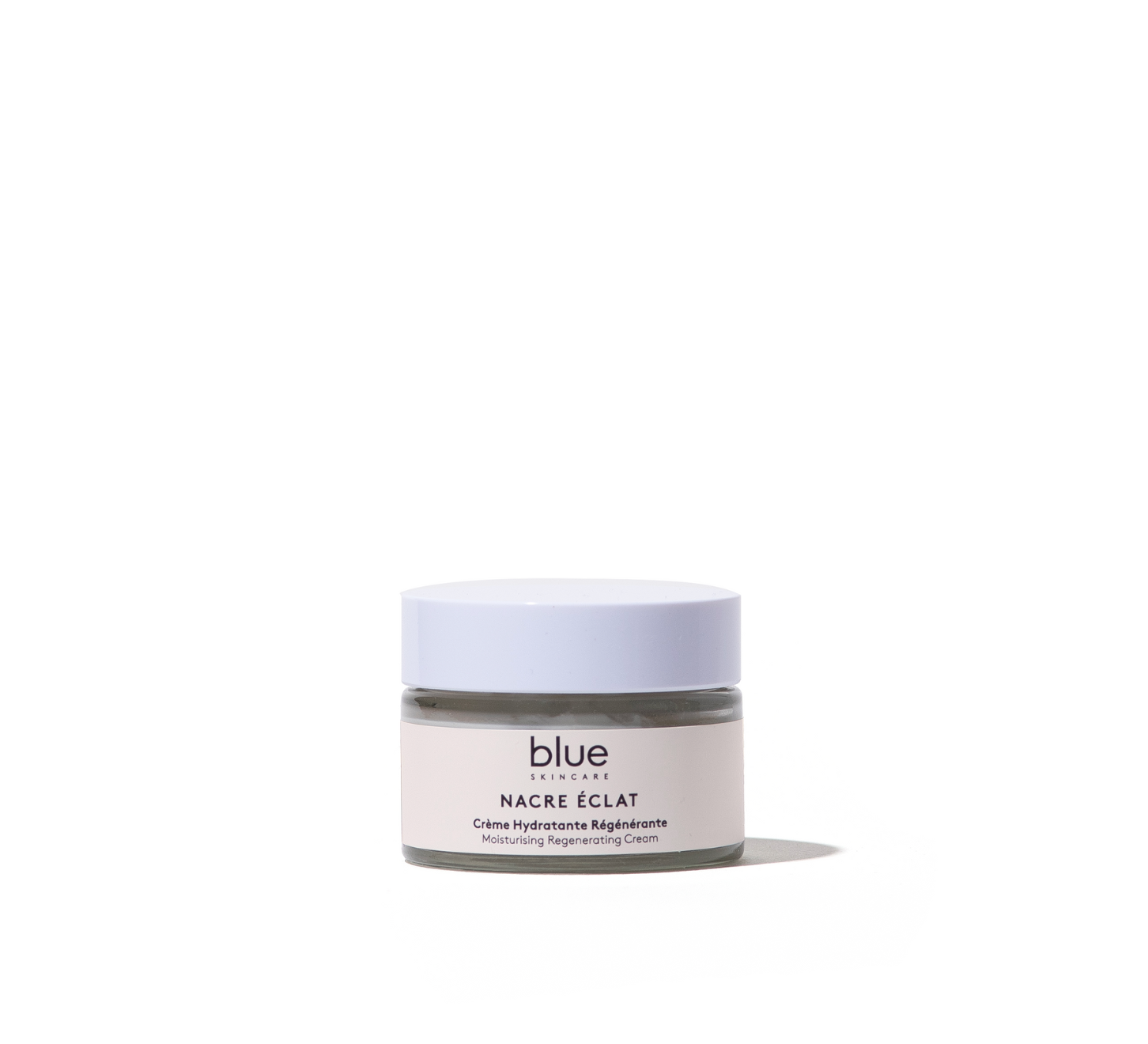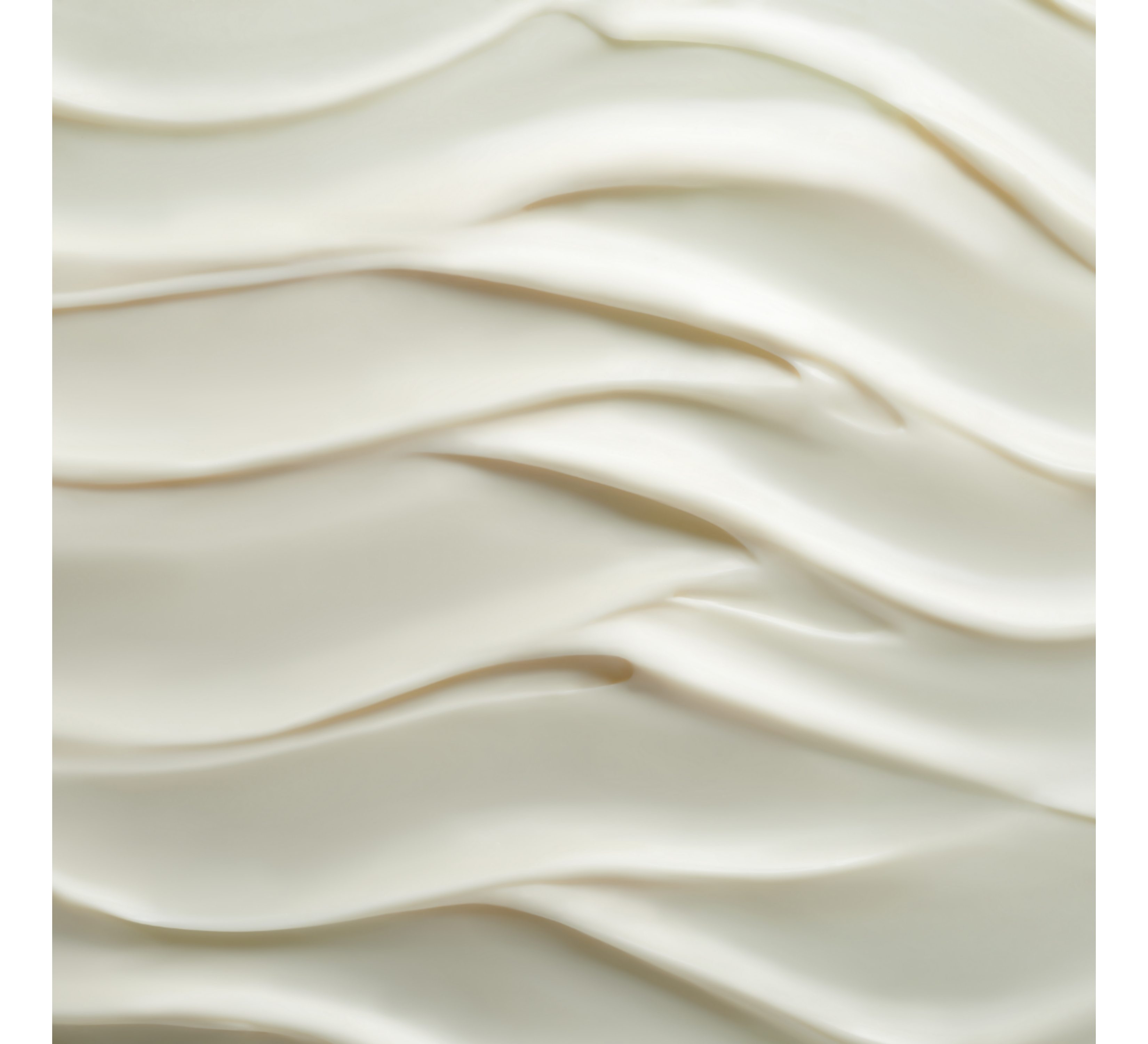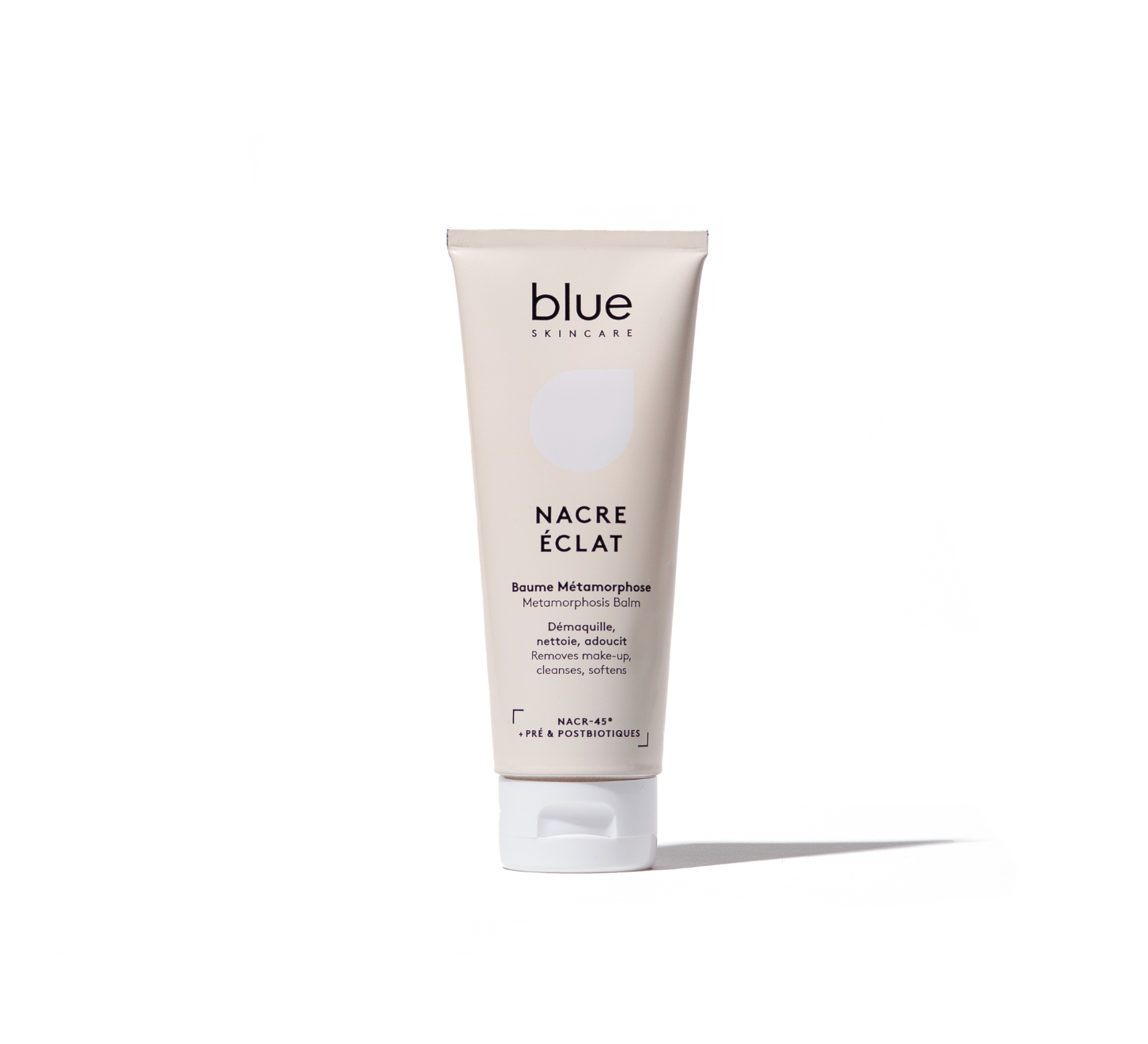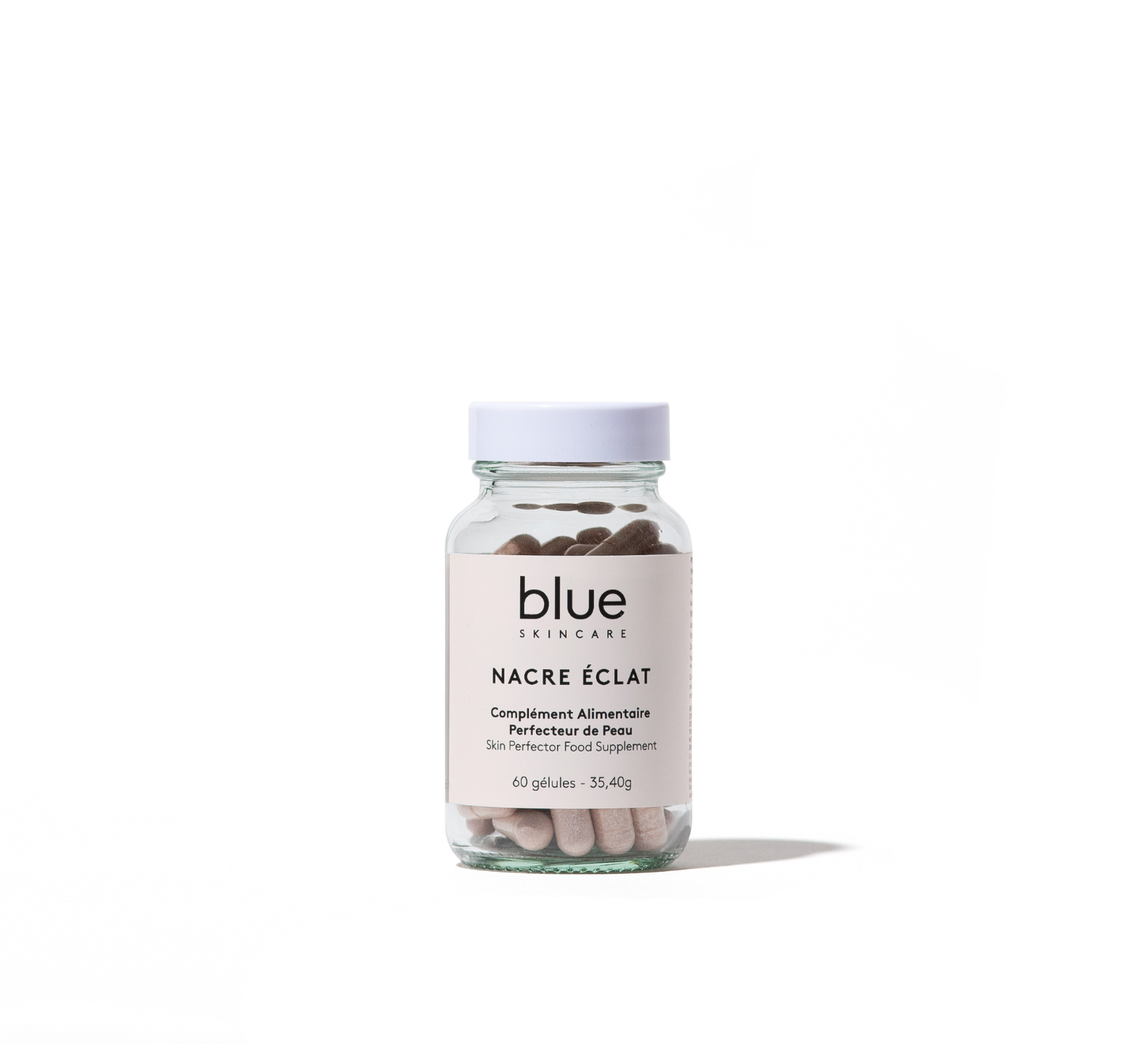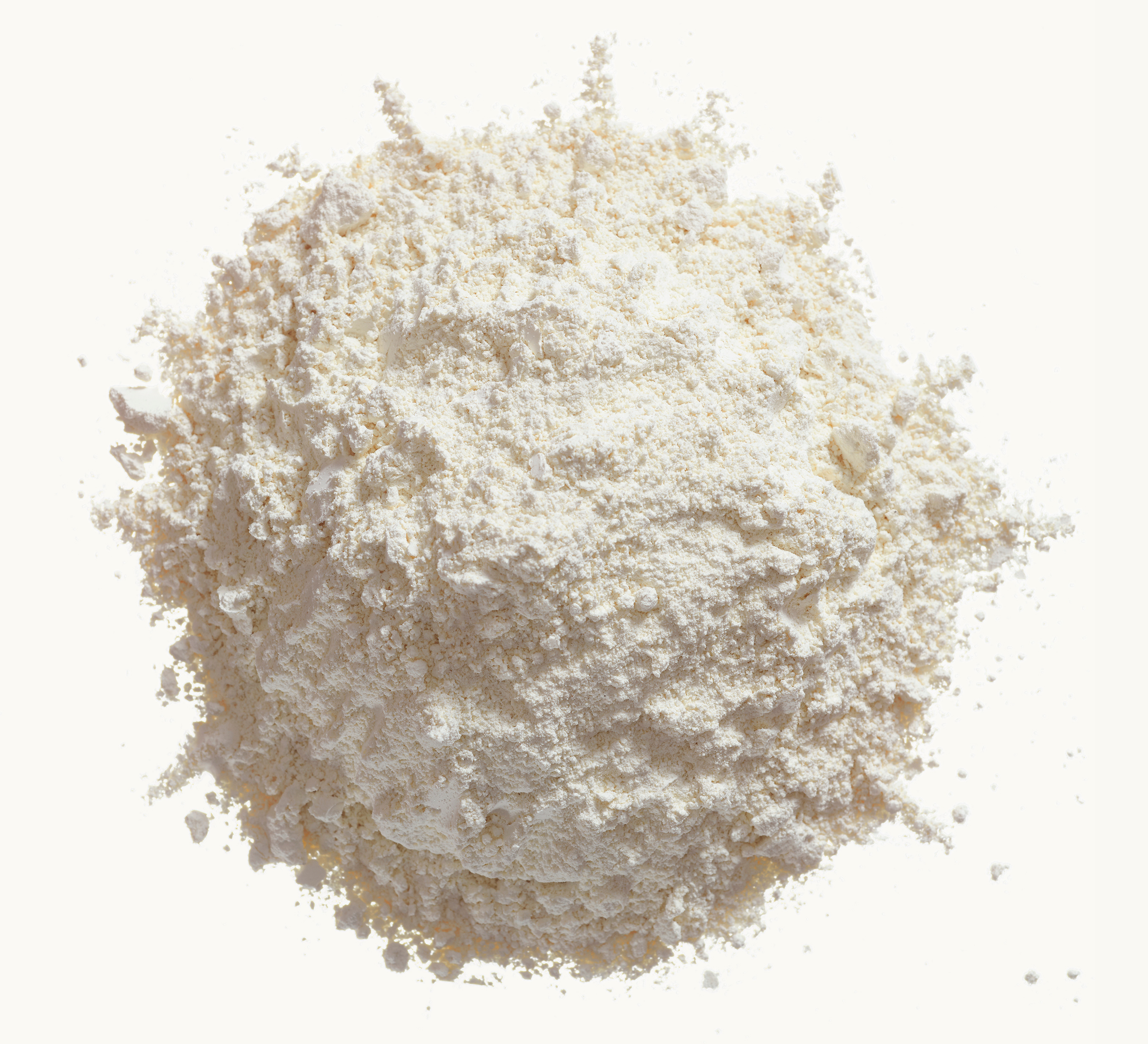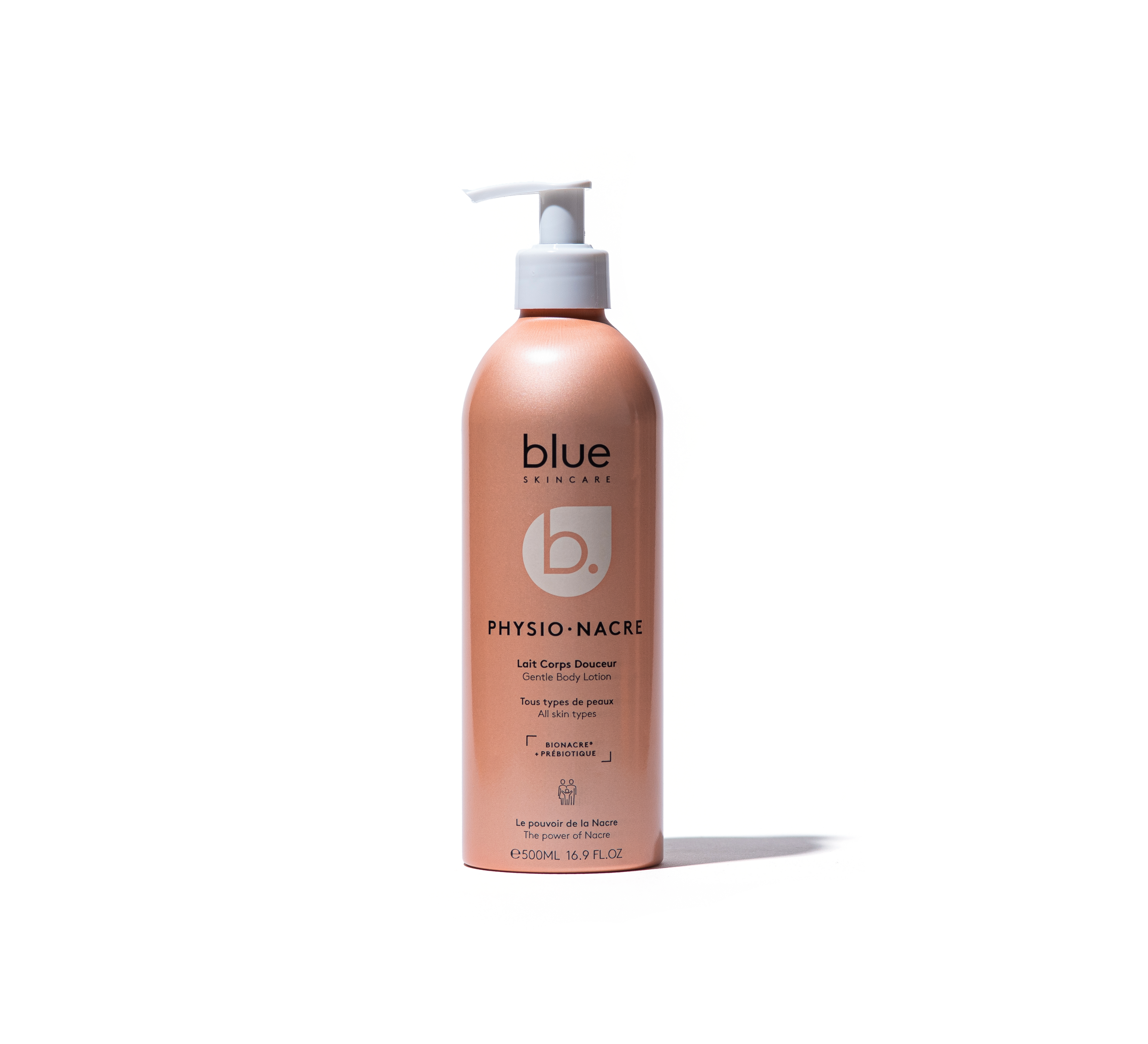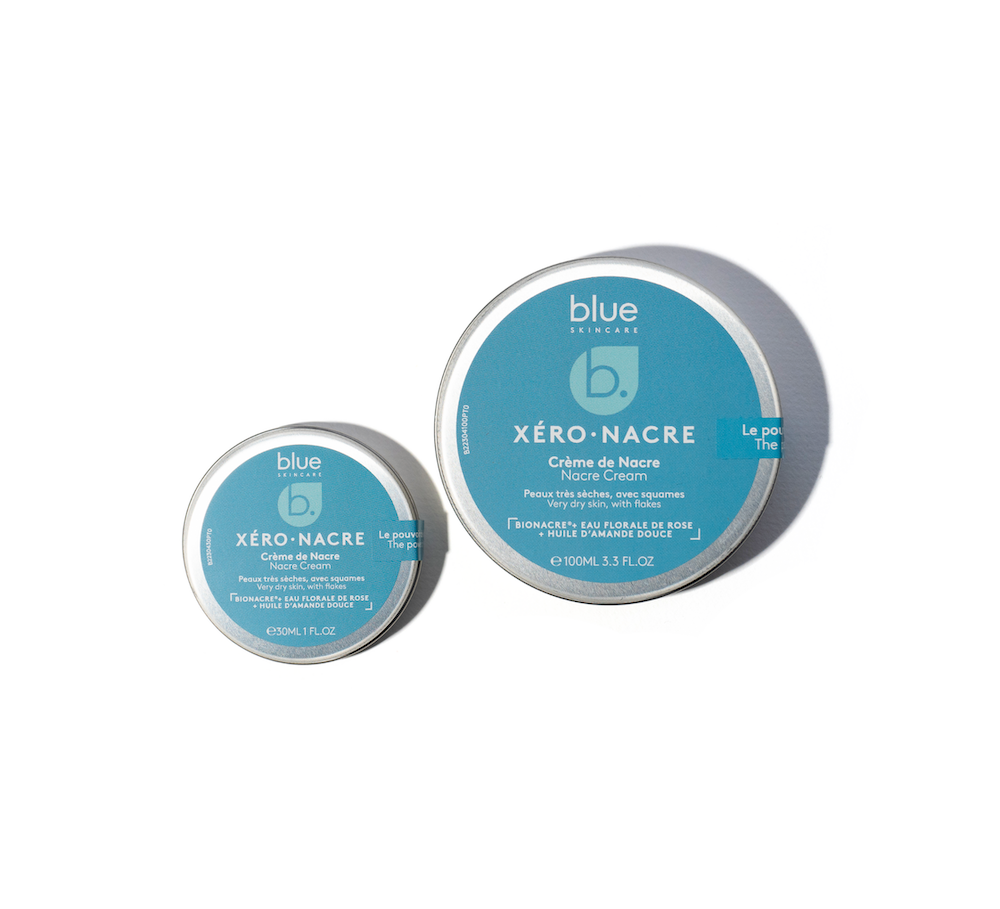Eating clean is no longer a proposition, it has become the only way to preserve your health and vitality. Yes, but… We think it is impossible without breaking the bank. And yet, by choosing well, we can fill our shopping cart with healthy, tasty and inexpensive foods.
As a reminder, here are the 10 rules of clean eating to slip into your shopping bag:
- Fresh, seasonal fruits and vegetables, preferably organic
- Meat and fish which must also come from organic farming.
- Legumes (lentils, dried beans, chickpeas, etc.).
- Seeds and oilseeds (all kinds of nuts, almonds etc.).
- Whole grains and pseudo grains like quinoa for example.
- Organic dairy products or those from sustainable and ethical agriculture.
- Quality vegetable oils, virgin and first cold pressing for olive oil, but also camelina oil, grape seed oil, coconut oil. Unstable oils must be kept in the refrigerator and in an opaque or dark glass bottle to preserve their nutritional qualities.
- Natural sugars like coconut blossom, maple syrup (organic), agave syrup, but also “homemade” natural sugars like powdered dried apple and cinnamon.
- Superfoods like spices, seaweed, sprouted seeds (kept cool and consumed very quickly), matcha tea (to be consumed as a hot drink or in pastries), Maca, birch sap and fresh herbs.
- Water, instead of anything that isn't! Preferably slightly mineralized (spring water is very good and economical), organic tea and herbal teas, provided you drink water first and foremost and don't drink more than a liter of tea because beyond that your iron reserves will diminish.
Champions in all categories: Seasonal fruits and vegetables
Don't try to eat tomatoes in the middle of winter, avocados from the other side of the planet, exotic fruits all year round. First of all, you would explode your carbon footprint but also your budget! The French terroir is full of good seasonal fruits and vegetables, to be consumed at the very moment when they are at their peak. You don't know how to be sure to choose well? Look at the labels. Out-of-season fruits and vegetables are simply much more expensive than the others.
A tip, find the fruit and vegetable calendar and print it, stick it on your refrigerator and take a look before going to the market. Nature being perfectly orchestrated, plants produce the nutrients they need to adapt to their terroir and the requirements of the season, the climate. Everything you need to get through the seasons in top form and without breaking the bank ! Avoid ready-made salads, pre-grated carrots, prepared cucumbers... all of this only takes a few minutes to make yourself and sells for three to four times the price of bulk vegetables in the greengrocer's section.
The good plan? Soups, with seasonal vegetables, which you vary according to your desires so as not to get tired of the flavor of a soup "with everything". Go from green (broccoli, leeks, spinach) to orange (carrots, pumpkin), from orange to brown (turnip, parsnips, chestnuts, squash). Cut and freeze vegetables in small bags so that you have everything you need on hand. Once removed and placed in a large saucepan, and covered with water, add an organic stock cube, a few aromatic herbs or a bouquet garni, a large onion and cook for about twenty minutes. Mix with a "giraffe" blender which, once in the saucepan, mix all the mixed vegetables again for a few minutes. The same with fruits, even damaged they lend themselves to compotes, salads, crumbles, homemade pies and other "fried" versions for healthy and simple desserts. Remember to alternate the toppings to vary the pleasures: for fruits a pinch of granola, a drizzle of maple syrup, a puff of raw cocoa powder… For soups: crushed hazelnuts, a few shavings of parmesan or raw ham, a pinch of dehydrated seaweed, sprouted seeds… Enjoy!
Good and cheap too, the dry one!
Anything dry is a mine of nutrients. First of all, legumes such as mogette beans, lentils, split peas, and red beans are an excellent source of vegetable protein. Whole grains and quasi-grains such as rice, quinoa, bulgur, but also whole grain or buckwheat pasta, polenta, are an excellent filling base provided that you don't eat only that and combine it with a legume (rice and lentils or rice and red beans). As a bonus, they keep for a very long time (and the expiration dates on unopened bags or cardboard boxes can be well exceeded). Once opened, the packaging must be tightly sealed so as not to be colonized by food moths or other parasites. A quick look at rice and pasta: rice, rich in fiber, is very nourishing, especially if it is whole grain. Ideal for those who exclude gluten from their diet, it lends itself to all kinds of recipes, as an accompaniment to legumes, fried vegetables. It is prepared in a gratin, with stuffed tomatoes or as a base for many risottos. Pasta, if we consider it a noble food, can be accompanied by fresh vegetables, quality cheeses or even mushrooms.
6 cupboard (or fridge) essentials
In addition to your seasonal fruits and vegetables, always have them in reserve; they will constitute a real healthy and delicious food base.
The eggs
They are economical and can be cooked in a dish, fried, in a casserole with smoked salmon, parmesan shavings, small pieces of raw ham or chorizo so as not to get tired of them. Super protein rich in omega 3 and 6, trace elements and vitamins, the egg is no longer considered a booster of bad cholesterol, on the contrary. You can safely eat one per day (100 grams of egg = more than 12 grams of protein).
The fish

Having white fish, squid, and scallops in the freezer, always bought in season, during the promotions, is a very good idea. Also think without fear about canned fish (sardines, mackerel, tuna) because they are very economical and retain almost all their nutrients. You will be able to enjoy fish 3 to 4 times a week. Dare to try smoked trout if salmon is a little expensive and above all, give it a miss rather than choosing a low-end salmon full of GMOs.
Chicken or turkey

How lucky, white meat is less expensive and healthier (less fatty, less acidifying). Opt for chicken, turkey thighs, fillets, and alternate with fish and eggs. These proteins go well with homemade tomato sauces as well as exotic spices to take you from Asia (in Thai soups or pad Thai for example) to Morocco (in tagines). Remember to always have some in the freezer, in individual bags because in the evening, a portion for two is more than enough. Don't forget, it is the protein that should accompany the vegetables or cereals and not the other way around!
Potatoes
They are less popular for soup bases (replaced by zucchini) but they remain interesting in gratin, sautéed with little fat, in purées and accompanied by grated cheese, clarified butter or classic organic butter, a little sautéed garlic and parsley. Combined with an egg and a green salad (for acid-base balance), they constitute a balanced and very economical meal.
Organic puff pastry, shortcrust pastry, shortbread pastry!

The ideal is to prepare them yourself but rather than giving in to the temptation of ready-made meals or fast-food orders, it is much healthier to roll out organic dough and concoct quiches, savory or sweet tarts, pies (you will then need two), homemade pizzas, Flammenkuche etc. To be combined with a base of eggs, cream and milk, a pan-fried vegetable, onion, tomato coulis (homemade and frozen when it is no longer the season) and always season with the salt combo (or gomasio, this salt and buckwheat mixture), pepper and turmeric (the two inseparable). Drizzle with a drizzle of olive oil, walnuts, hazelnuts, camelina according to your desires before serving.
Green salad
Buy it fresh, peel it, wash it, spin it dry and then put it in a large airtight container with a ball of absorbent paper to absorb the excess moisture. Then get into the habit of adding salad to all your meals to always bring a touch of "basic" to your dishes made with meat or fish, which provide an "acid" component.
Now that the clean and cheap shopping is done, think about preparing your menus in advance. It's a pleasant and effective way to save money. Do your shopping based on your menus, you can already imagine how to give a second life to your leftovers (for example, if you buy a large chicken it can be served roasted on day 1, in a tajine with preserved lemon and olives or Basque on day 2, in a Caesar salad on day 3). Finally, do your shopping after a meal, you will be guided more by your mind than by your stomach and will avoid compulsive purchases!
